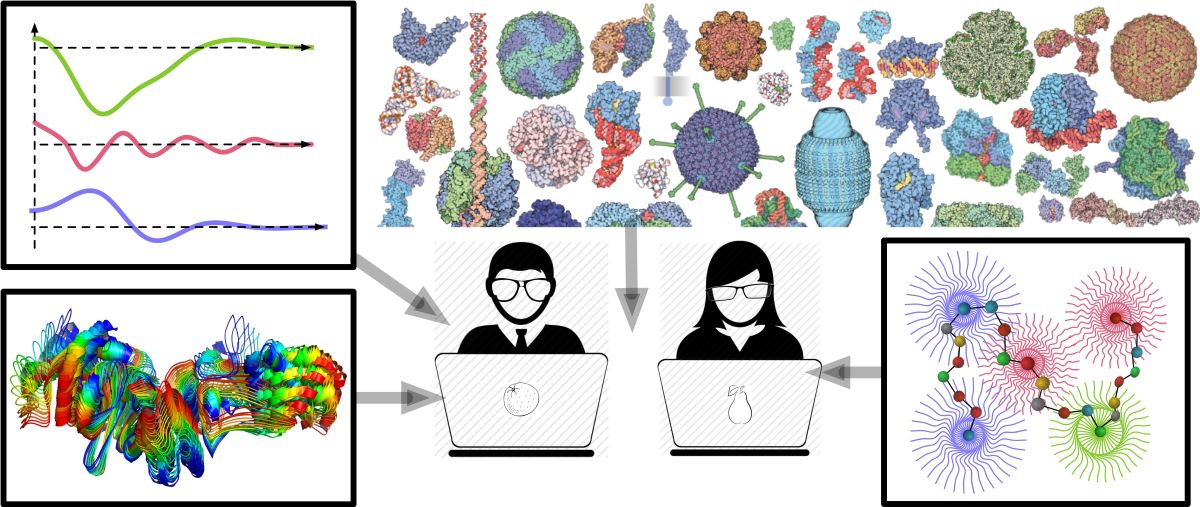Speaker
Description
Studying specificity in protein–glycosaminoglycan recognition with umbrella sampling
Abstract
Glycosaminoglycans (GAGs) with repeating disaccharide units intricately engage with proteins, playing a crucial role in the spatial organization of the extracellular matrix and the transduction of biological signals in cell to modulate several biochemical processes. Last few decades have shown the importance of GAG research for obtaining insights into various physiological, pathological, and therapeutic aspects mediated by the direct interactions between the GAG molecules and diverse proteins. The structural and functional heterogeneities of GAGs and their ability to bind specific proteins are determined by the sugar composition of the GAG, the size of the GAG chains, and the degree and pattern of sulfation. A deep understanding of the interactions in protein–GAG complexes is essential to explain their biological functions. In this study, we use umbrella sampling (US) to pull away a GAG ligand from the binding site and then pull it back in. We analyze the binding interactions between GAGs of three types (heparin, desulfated heparan sulfate, and chondroitin sulfate) with three different proteins (basic fibroblast growth factor, acidic fibroblast growth factor, and cathepsin K). The focus of our study is to evaluate whether the US approach can reproduce experimentally obtained structures, and how useful it can be for getting a deeper understanding of GAG properties, especially protein recognition specificity and multipose binding. The study shows that the binding free energy landscape in the proximity of the GAG native binding pose is complex and implies the co-existence of several binding poses. The sliding of a GAG chain along a protein surface could be a potential mechanism of GAG particular sequence recognition by proteins. [1]
Reference
1. Marcisz, M., Anila, S., Gaardløs, M., Zacharias, M., & Samsonov, S. A. (2023). Studying specificity in protein–glycosaminoglycan recognition with umbrella sampling. Beilstein Journal of Organic Chemistry, 19(1), 1933-1946.
| Submitting to: | Integrative Computational Biology workshop |
|---|

